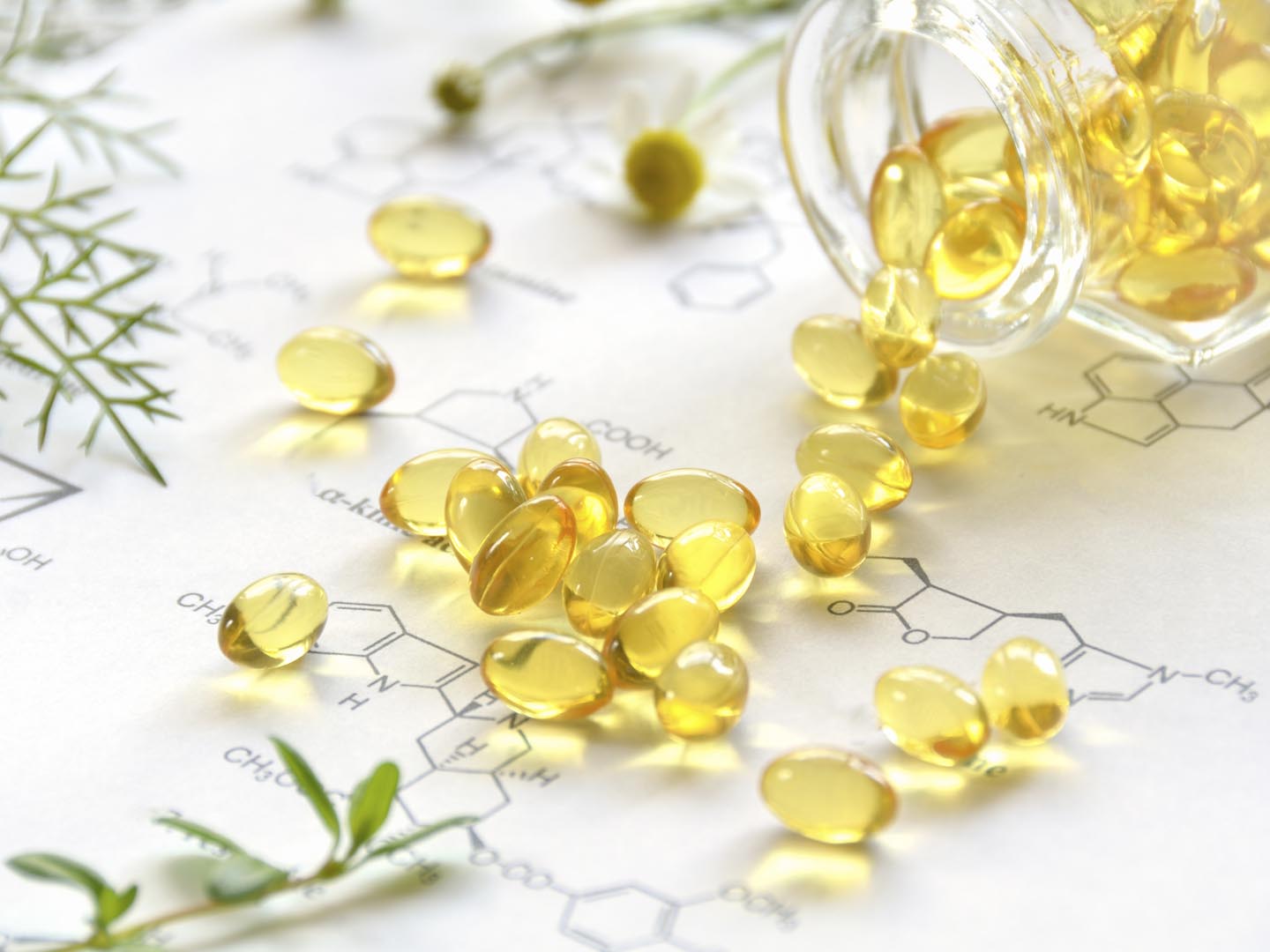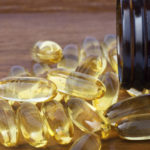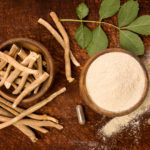Evening Primrose Oil

What Is Evening Primrose Oil?
Evening primrose oil (Oenothera biennis) comes from the seeds of a wildflower that grows throughout the United States. The oil, gamma-linolenic acid (GLA), is an omega-6 essential fatty acid that is also found in the seeds of borage and black currant. The human body cannot make GLA so it must be obtained from outside sources. However, the body can convert another omega-6 fatty acid, linoleic acid found in nuts and vegetable oils, to GLA. In general, however, GLA is hard to come by in the diet.
Evening Primrose Oil Benefits
Native Americans used evening primrose oil seeds, leaves and roots for food. They also made poultices from the whole plant to heal bruises, and decoctions of the roots to treat hemorrhoids. The leaves were employed to treat minor wounds, gastrointestinal complaints, and sore throats.
It wasn’t until the 1930s that evening primrose oil benefits were discovered for addressing many different health problems including brittle nails and hair, eczema, premenstrual syndrome (PMS), rheumatoid arthritis, Raynaud’s phenomenon, multiple sclerosis, Sjogren’s syndrome, diabetic peripheral neuropathy, breast pain, menopausal symptoms, and others. Evening primrose oil has also been used in pregnancy for preventing high blood pressure, shortening labor, starting labor, and preventing late deliveries.
After reviewing the scientific evidence, the Natural Medicines Comprehensive Database, concluded that evening primrose oil is “possibly effective” for treatment of breast pain (but may not be effective for severe, long-term pain) and for treatment of osteoporosis when used in combination with calcium and fish oils. The review also found evening primrose oil “possibly ineffective” for treating PMS, ADHD, eczema, and hot flashes and night sweats due to menopause. The review found insufficient evidence to rate effectiveness of evening primrose oil for treating chronic fatigue syndrome, rheumatoid arthritis, complications of pregnancy, Sjogren’s syndrome and concluded that more evidence is needed to assess the possible benefit of EPO for the treatment of cancer, acne, multiple sclerosis, heart disease, high cholesterol, and Alzheimer’s disease.
As with most dietary supplements, do not expect immediate results when taking EPO supplements; it usually takes six to eight weeks for benefits to appear.
Forms Of Evening Primrose Oil
Evening primrose oil is available in oil form or in capsules. Generally, high-quality EPO will be certified as organic by a reputable third party and packaged in light-resistant containers.
Possible Drug Interactions
GLA may increase the risk of bleeding in patients taking anticoagulants (blood thinners) such as aspirin, warfarin (Coumadin) and clopidogrel (Plavix). It may lower blood pressure in people taking medication for high blood pressure. It also may interact adversely with a number of antidepressants.
Evening Primrose Oil Side Effects
The rare side effects that do occur usually are mild and may mean the dose is too high. They include nausea, headache, stomach, pain and loose stools.
When Buying:
Look for high-quality evening primrose oil certified as organic by a reputable third party. The pills or oil should be packaged in light-resistant containers.
Adult Dosages:
Take 500 mg two times a day. Used as recommended, EPO is generally considered safe.
Child Dosage:
Half the adult dosage.
Dr. Weil’s View On Evening Primrose Oil
As we age, our bodies get drier inside and out. Evening primrose oil nourishes the skin, hair, nails, even the joints. The GLA it contains helps strengthen the skin barrier and reduces moisture loss. EPO has anti-inflammatory effects without the side effects of anti-inflammatory drugs. I recommend it for arthritis, autoimmune disorders, premenstrual syndrome and for healthy growth of skin, hair, and nails.
SOURCES:
Evening Primrose Oil, Herbs at a Glance, National Center for Complementary and Alternative Medicine, Accessed at http://nccam.nih.gov/health/eveningprimrose, November 7, 2013M. Cameron et al “Herbal therapy for treating rheumatoid arthritis.” Cochrane Database Systemic Review, February 16, 2011; doi: 10.1002/14651858.CD002948.pub2.
Evening Primrose Oil. Natural Medicines Comprehensive Database Consumer version. Stockton, CA: Therapeutic Research Faculty, Updated February 27, 2013, accessed November 11, 2013 at http://naturaldatabaseconsumer.therapeuticresearch.com/nd/Search.aspx?cs=NONMP&s=NDC&pt=100&id=1006&lang=0&fs=NDC&searchid=43295940
Evening Primrose Oil, University of Maryland Medical Center, last reviewed July 26, 2011, accessed November 8 at http://umm.edu/health/medical/altmed/herb/evening-primrose-oil
Reviewed by Tieraona Low Dog, M.D., November 15, 2013











